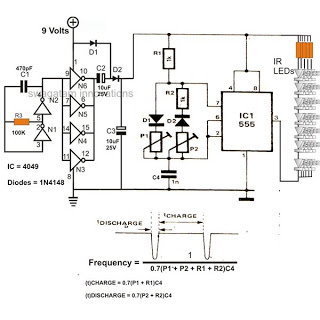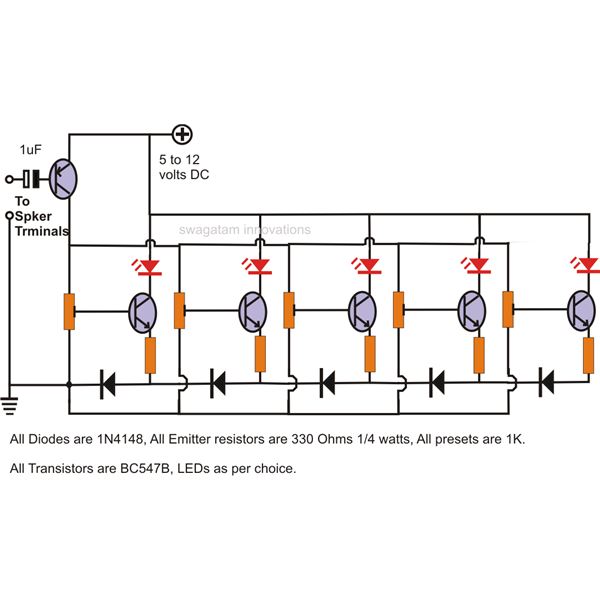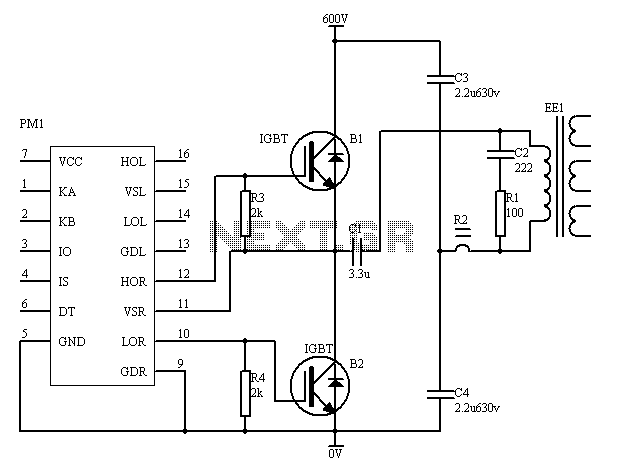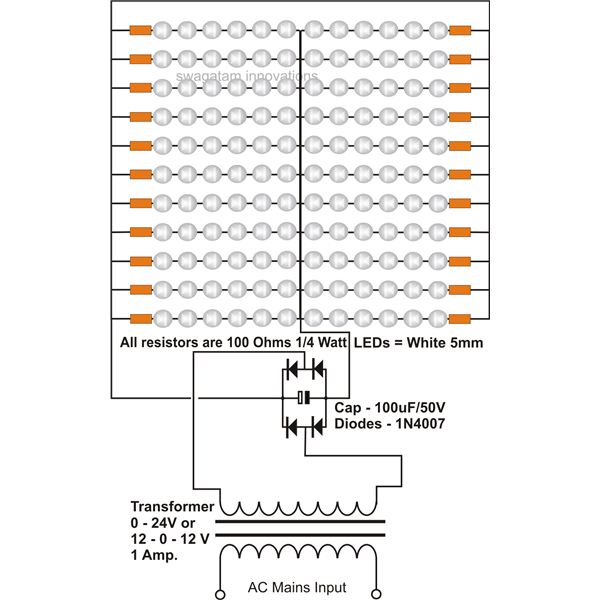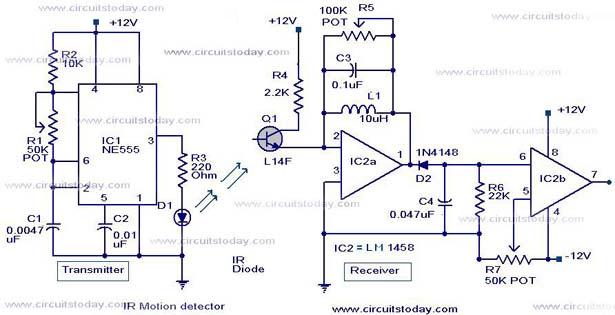
TV transmitter circuit using only 2 transistors operates from 12V
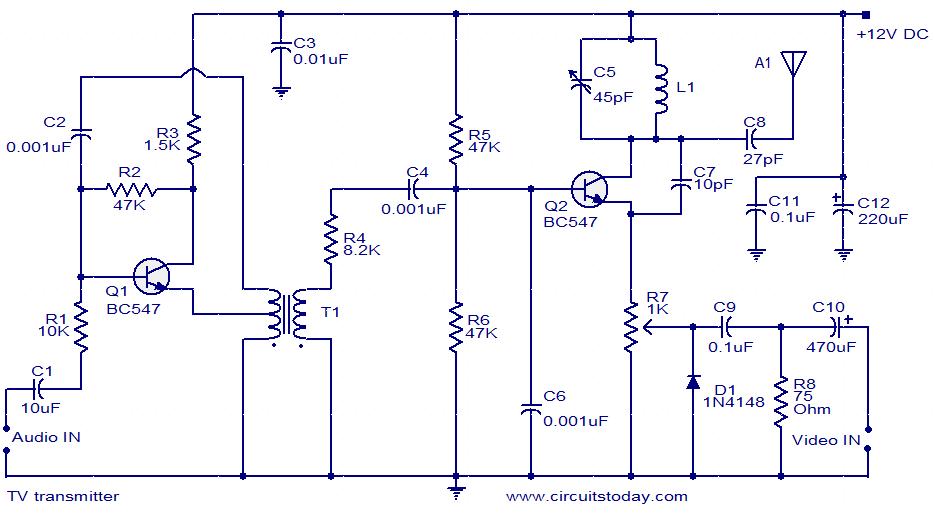
A simple two-transistor TV transmitter circuit that operates from 12V. It is compatible with PAL B and PAL G systems.
The described circuit utilizes two transistors to create a basic television transmission system capable of operating on a 12V power supply. The design is suitable for transmitting signals compatible with PAL B and PAL G television broadcasting standards, which are widely used in various regions.
The circuit typically consists of a pair of bipolar junction transistors (BJTs) configured to amplify the video signal. The first transistor acts as a modulator, where the input video signal is combined with a carrier frequency generated by an oscillator circuit. This modulation process allows the video signal to be transmitted over the airwaves.
The second transistor functions as a power amplifier, boosting the modulated signal to a level suitable for transmission. An LC circuit, composed of inductors and capacitors, is often included to filter and tune the output frequency to ensure compliance with the desired broadcasting standards. The output stage may also include an antenna, which radiates the amplified signal.
To ensure stable operation, proper biasing of the transistors is essential, often achieved through resistors connected to the base terminals. Additionally, decoupling capacitors can be employed to minimize noise and improve the overall performance of the circuit.
It is important to consider the layout of the circuit to minimize interference and maximize signal integrity. Shielding may be necessary to prevent unwanted pickup of signals, especially in environments with high electromagnetic interference.
This simple two-transistor TV transmitter circuit serves as an educational tool for understanding the fundamentals of television transmission and modulation techniques, while also providing a practical application for hobbyists interested in electronics and broadcasting.Simple two transistor TV transmitter circuit that operates from 12V.Compatible with PAL B and PAL G systems.. 🔗 External reference
The described circuit utilizes two transistors to create a basic television transmission system capable of operating on a 12V power supply. The design is suitable for transmitting signals compatible with PAL B and PAL G television broadcasting standards, which are widely used in various regions.
The circuit typically consists of a pair of bipolar junction transistors (BJTs) configured to amplify the video signal. The first transistor acts as a modulator, where the input video signal is combined with a carrier frequency generated by an oscillator circuit. This modulation process allows the video signal to be transmitted over the airwaves.
The second transistor functions as a power amplifier, boosting the modulated signal to a level suitable for transmission. An LC circuit, composed of inductors and capacitors, is often included to filter and tune the output frequency to ensure compliance with the desired broadcasting standards. The output stage may also include an antenna, which radiates the amplified signal.
To ensure stable operation, proper biasing of the transistors is essential, often achieved through resistors connected to the base terminals. Additionally, decoupling capacitors can be employed to minimize noise and improve the overall performance of the circuit.
It is important to consider the layout of the circuit to minimize interference and maximize signal integrity. Shielding may be necessary to prevent unwanted pickup of signals, especially in environments with high electromagnetic interference.
This simple two-transistor TV transmitter circuit serves as an educational tool for understanding the fundamentals of television transmission and modulation techniques, while also providing a practical application for hobbyists interested in electronics and broadcasting.Simple two transistor TV transmitter circuit that operates from 12V.Compatible with PAL B and PAL G systems.. 🔗 External reference
